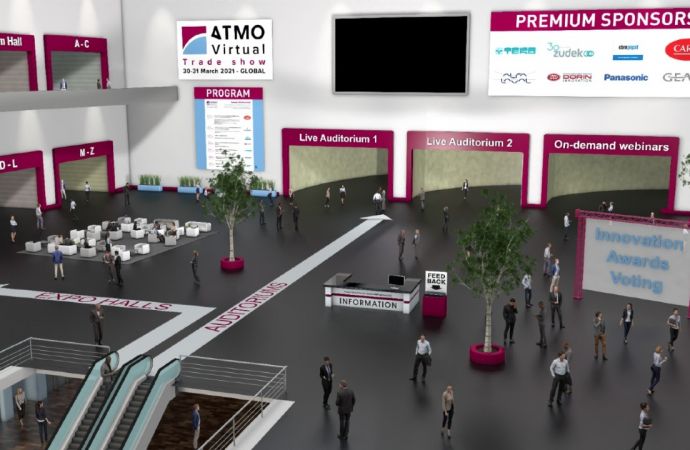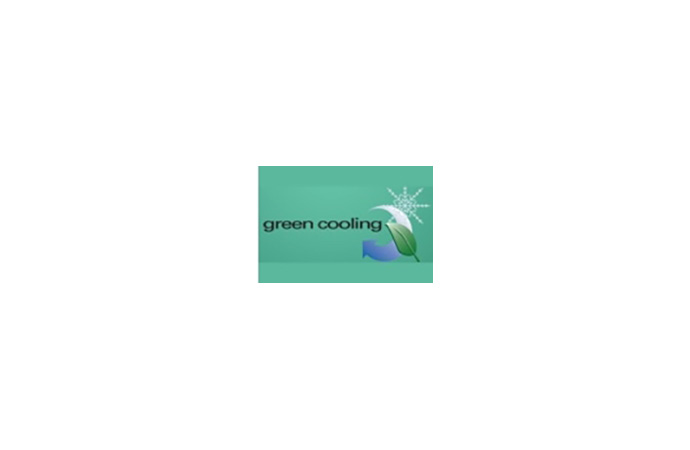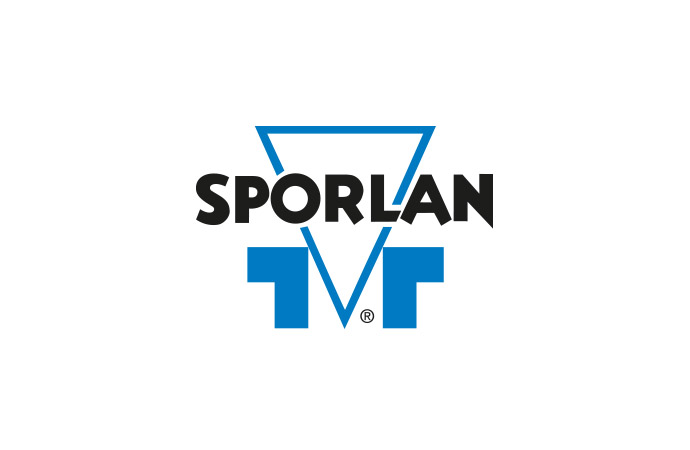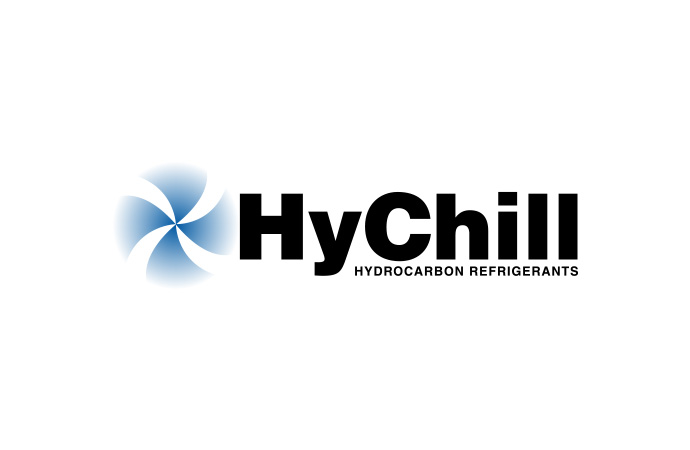Building on the success of last year's edition, ATMOsphere 2010 wants to go a step further this year. It aims to initiate a proactive debate as well as concrete actions to remove barriers for hydrocarbon refrigerants, promote market innovations, and help spread the word from developed to developing countries.

ATMOsphere 2010 aims to help answer one simple question: HOW to bring natural refrigerants, including hydrocarbons, 'Faster to Market'? With the US EPA having published a long awaited proposed rule allowing the use of certain hydrocarbons in specific refrigeration equipment, the US is one step closer in catching up. Bringing together 150 policy & industry experts for 2 days to present and debate the HOW, this year’s edition will also discuss the new opportunities within the US market. In addition it will implement a new and more interactive concept:
ATMOsphere 2010 - the new formula
15 Groups: Small groups with an equal distribution of 10 different stakeholders from policy, end users, suppliers, academia and NGOs will be guided by a moderator to discuss a set of questions and issues about HOW to remove market barriers, exploit technology options, adapt standards, propose legislation, and enhance knowledge exchange within and between developed and developing countries.
12 Market Innovations: This year, a Call for Paper will select the best market innovations using natural refrigerants around the world. Presentations just before the workshop sessions will talk about solutions having left the prototype and testing phase to be applied widely. The papers selected will introduce the topic of the four workshop sessions and inspire debate around how to successfully market and support such solutions.
10 Policy Speeches: Each of the two days will start with policy speeches setting the framework for interactive discussions in the afternoon workshops. Invited speakers include representatives from different UN bodies, the EU Institutions, the Multilateral Fund, as well as environmental protection agencies and ministries from the EU, USA, and Japan. Speakers from developing countries will add their view about the challenges and opportunities for natural refrigerants in emerging industries.
4 Applications: Commercial Refrigeration, Air-Conditioning, Heat Pumps and Industrial Refrigeration will this year be the four selected topics for the market innovation presentations and the following workshop discussions.
1 Report: Results from the workshop discussions will be collected and put into one special report to summarise main recommendations. This report will be presented at UN negotiations in Nairobi (MOP 22) and Cancun (COP16), and to the leading HVAC&R event Chillventa 2010.
ATMOsphere 2009 achievements
ATMOsphere 2010 is building on the outcomes of last year’s conference. Besides the positive immediate feedback from participants, ATMOsphere 2009 has been also a success in terms of future industry and political impact. Some of the main results and achievements are the following:
ATMOsphere 2010 - the new formula
15 Groups: Small groups with an equal distribution of 10 different stakeholders from policy, end users, suppliers, academia and NGOs will be guided by a moderator to discuss a set of questions and issues about HOW to remove market barriers, exploit technology options, adapt standards, propose legislation, and enhance knowledge exchange within and between developed and developing countries.
12 Market Innovations: This year, a Call for Paper will select the best market innovations using natural refrigerants around the world. Presentations just before the workshop sessions will talk about solutions having left the prototype and testing phase to be applied widely. The papers selected will introduce the topic of the four workshop sessions and inspire debate around how to successfully market and support such solutions.
10 Policy Speeches: Each of the two days will start with policy speeches setting the framework for interactive discussions in the afternoon workshops. Invited speakers include representatives from different UN bodies, the EU Institutions, the Multilateral Fund, as well as environmental protection agencies and ministries from the EU, USA, and Japan. Speakers from developing countries will add their view about the challenges and opportunities for natural refrigerants in emerging industries.
4 Applications: Commercial Refrigeration, Air-Conditioning, Heat Pumps and Industrial Refrigeration will this year be the four selected topics for the market innovation presentations and the following workshop discussions.
1 Report: Results from the workshop discussions will be collected and put into one special report to summarise main recommendations. This report will be presented at UN negotiations in Nairobi (MOP 22) and Cancun (COP16), and to the leading HVAC&R event Chillventa 2010.
ATMOsphere 2009 achievements
ATMOsphere 2010 is building on the outcomes of last year’s conference. Besides the positive immediate feedback from participants, ATMOsphere 2009 has been also a success in terms of future industry and political impact. Some of the main results and achievements are the following:
- THENATURALVOICE - 83 signatories: This new campaign was launched at ATMOsphere 2009 as a global call for action in favour of natural refrigerants. Today, the initiative is already supported by 83 international industry and research organisations.
- Developing Economies: The conference sparked a strong interest in natural refrigerant technologies from developing world representatives. In addition, the conference gathered data about industry needs in these countries to support their further development in a sustainable way.
- US GreenChill Guidelines: The US Environmental Protection Agency valued the know-how and discussions at ATMOsphere 2009 in its GreenChill guidelines for commercial refrigeration and is supporting a shift of thinking towards natural refrigerants among food retailers.
- UK Anti-HFC Bill: ATMOsphere speaker and UK Member of Parliament Clive Efford introduced an anti-HFC bill in supermarket refrigeration.
- CO2 manual and e-learning module: In the framework of the EU-funded project NARECO2, a CO2 manual, encompassing an extensive collection of contributions about the safe and efficient use of CO2, was launched. Together with an e-learning module to learn and train on the specifics of CO2, it is available for free to enhance knowledge exchange.
- Worldwide visibility: With a broad print and online media coverage and over 10,000 additional page views on specialised B2B platforms, ATMOsphere 2009 delivered on disseminating knowledge about best practice and new developments in natural refrigerant technology to experts and interested parties all around the globe.
MORE INFORMATION
Related stories











